Why is building good, affordable housing so hard in Brooklyn?
From zoning and funding to prevailing wage, ever-shrinking space standards and the need for human-scale neighborhoods, architect Carmi Bee of RKTB shared with me his take on why it is so hard to build housing.
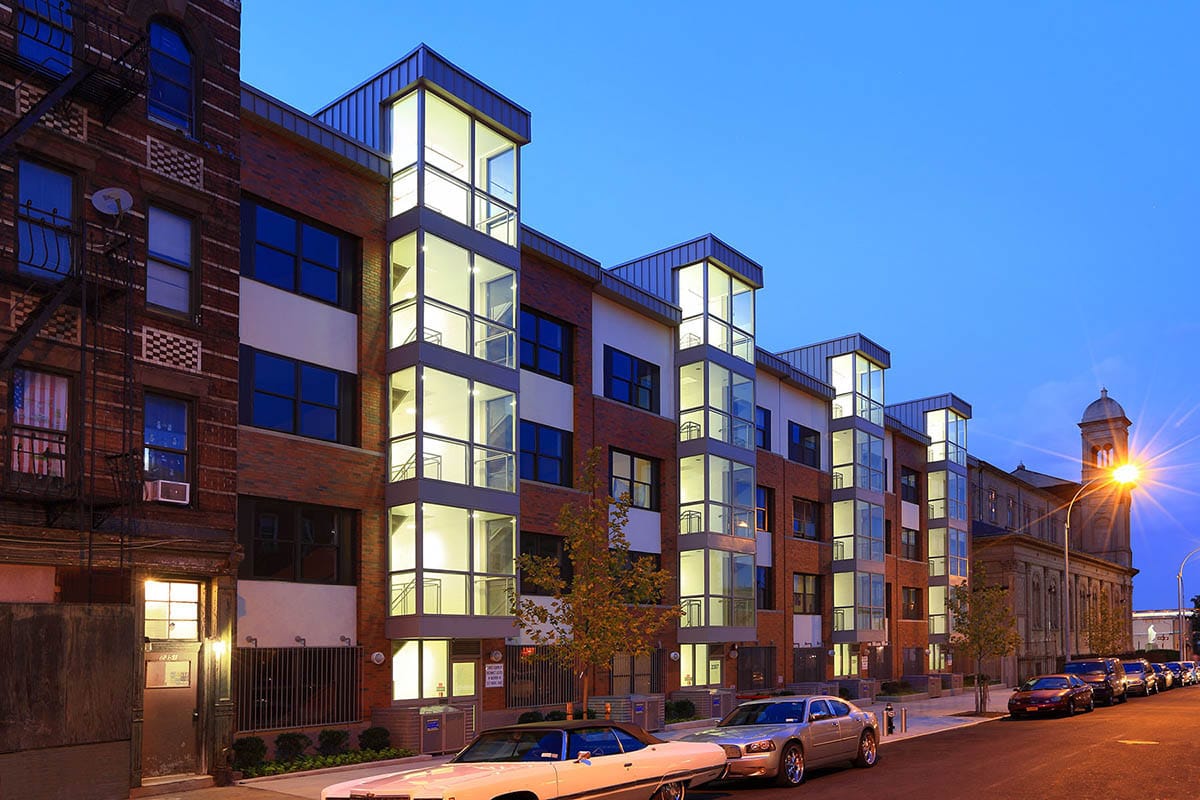
Earlier this year, I had the opportunity to speak to one of Brooklyn’s greats, architect Carmi Bee, who has spent his whole life designing affordable housing that strengthens communities while preserving their character. Much of his work is in Brooklyn, and we talked on the phone about housing, history, and what the future holds for affordable housing. What follows is our conversation, lightly edited for length and clarity.
Carmi Bee is a principal at RKTB, an architecture firm started by Park Slope resident Bernard Rothzeid in 1963, focused on the adaptive reuse of existing structures. For Bee, himself a Park Slope resident since 1972, housing has been a passion from the beginning.
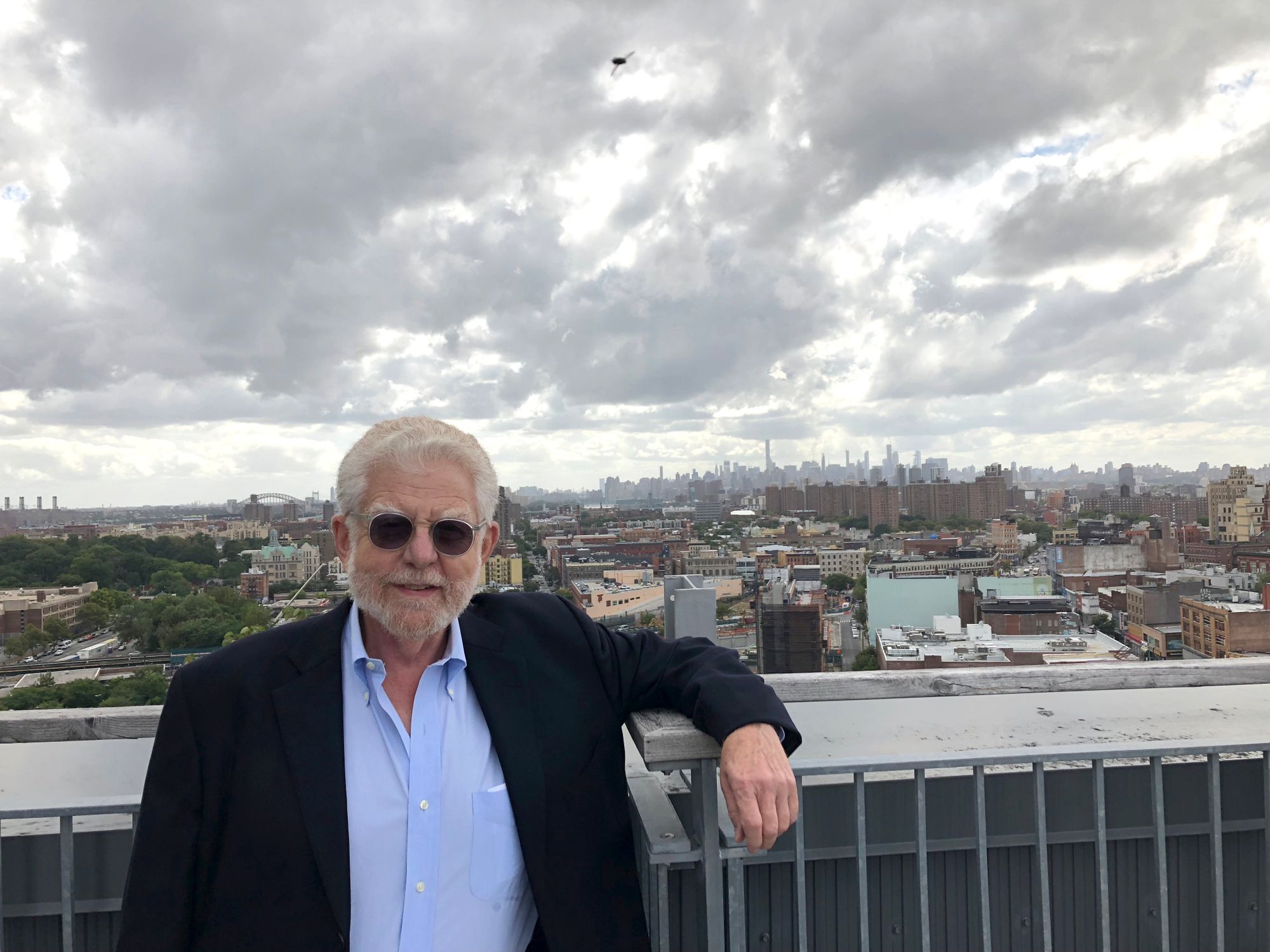
Bklyner: Let me start by asking you the question you asked at the end of the 2015 Ratensky lecture: how do we best apply the past lessons to create a more egalitarian and livable New York?
Carmi Bee: Well, look. There has been some really great housing built in New York, while Brooklyn was kind of left to its own devices. There was, for the gentry, the wealthy, Brooklyn Heights, Park Slope, Boerum Hill, et cetera, and then there's the rest of Brooklyn.

It's very, very diverse, for the most part, low-scale, neighborhood-oriented housing, and most of it was not built until the 1920s. What you see in areas like Brownsville, which I'm quite familiar with, is that many of those buildings were built in the 20s until the crash of 1929, and then things changed. Back then, it was a way for people who had come from Europe, settled on the Lower East Side, and were looking to improve their lot to buy a house. And so developers started building things in Brooklyn.
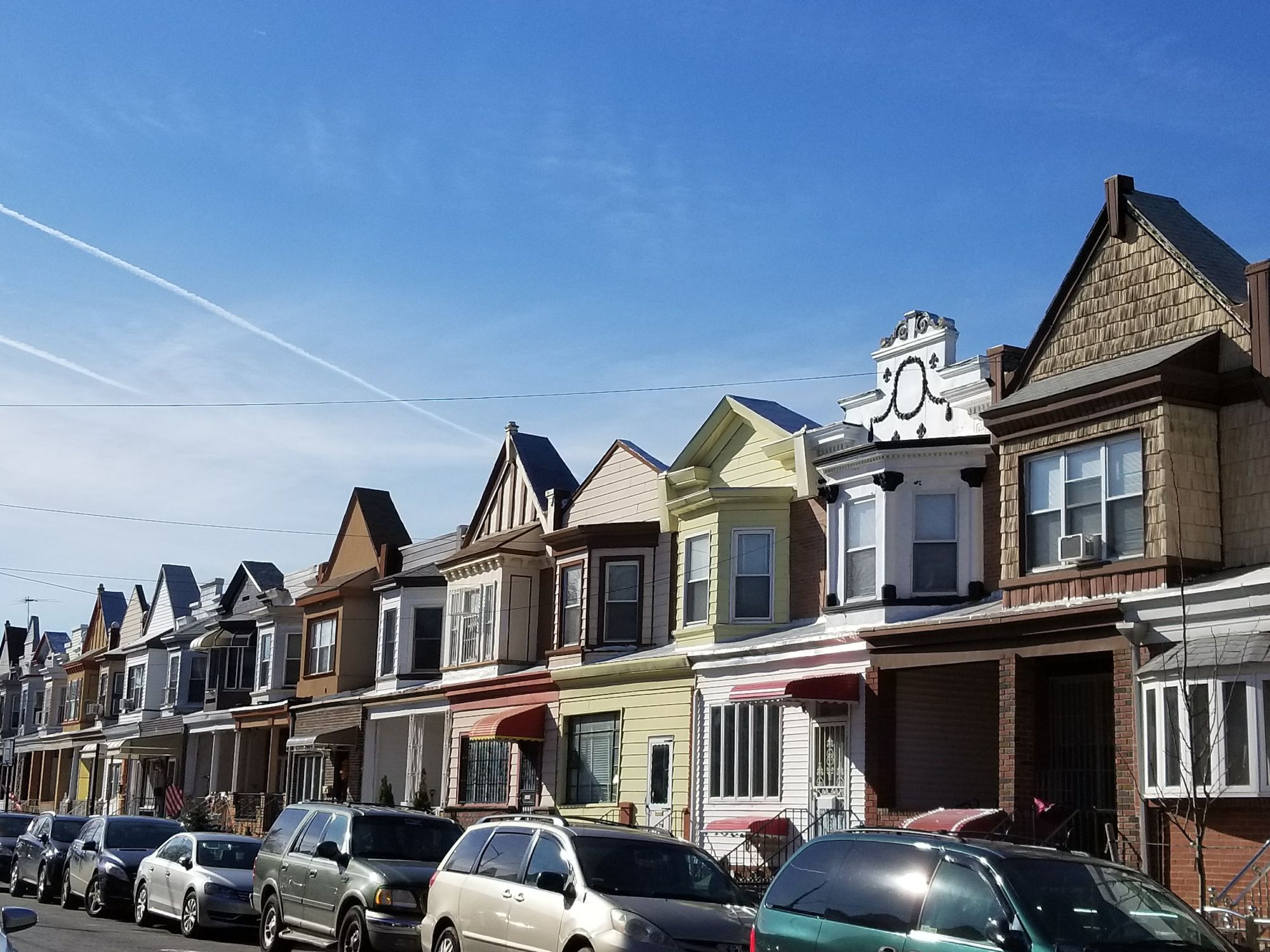
Then things subsided. For the most part, market-rate housing and luxury housing did not exist until the late 80s, early 90s, when developers got the great idea, 'hey, you know, land is getting very, very expensive, maybe we can pick something up in Brooklyn.'
But what really changed things was the change in the zoning.
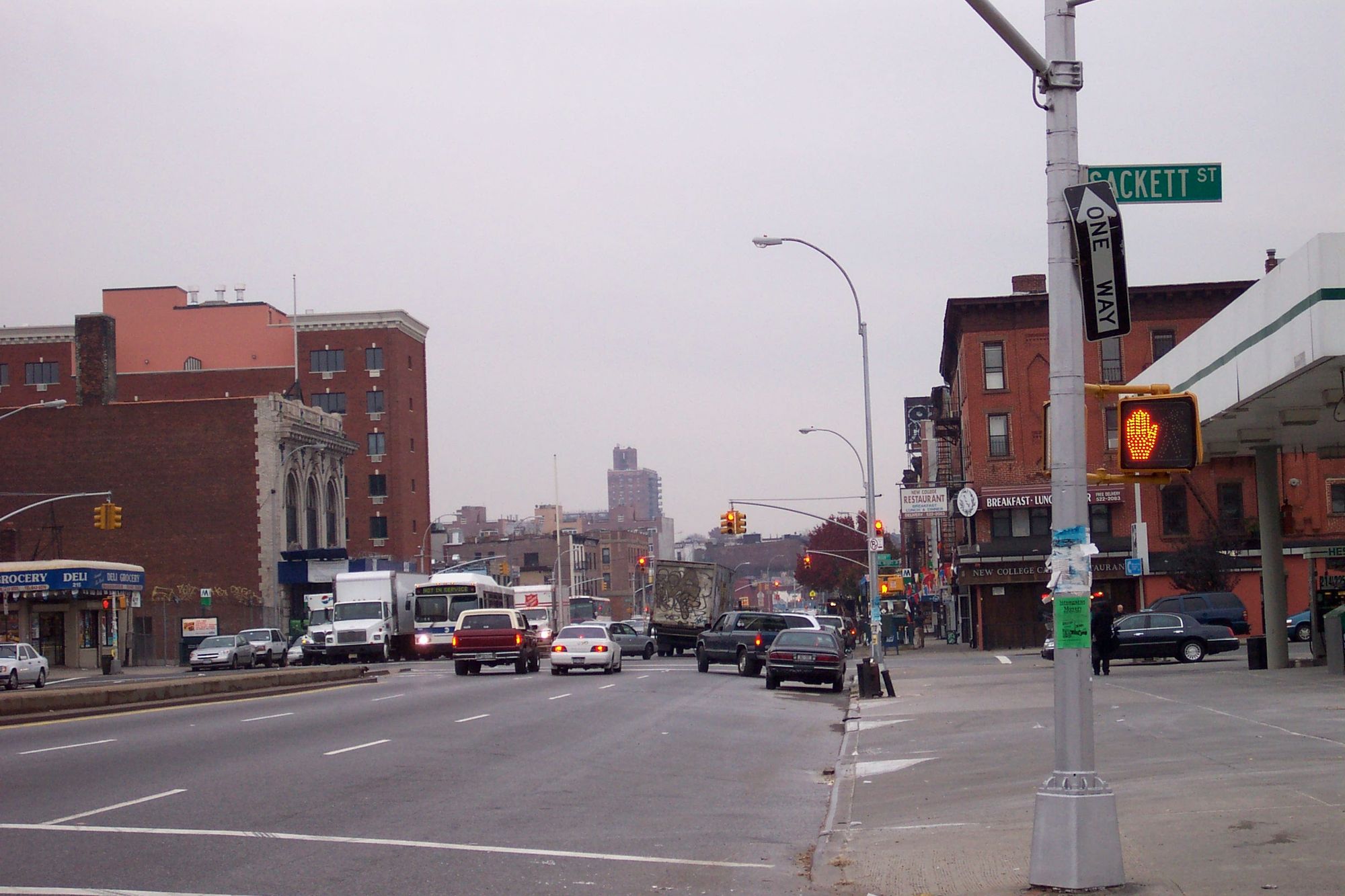
For example, change in zoning along Fourth Avenue was happening in the 90s, early ‘00s, and that's when the developers came in because they were allowed to build high-rise buildings. All of those buildings were approved before the mandatory inclusionary housing law and resulted in 100% market rate upper-class housing.
There was no master planning really to any of this, and it was almost ‘anything goes’ because there was a lot of political influence from the politicians in Brooklyn. They saw – ‘Here's our big opportunity. We have all this wonderful property; we have a great transportation system, we've got great schools, open spaces, et cetera, et cetera, got all the assets.’ But it got out of control, in my estimation.

I think some of the worst buildings were built, you know, in those areas because there was no control over design. Now, that's a whole other issue, which we don't go into, you know?
Bklyner: But that is what makes neighborhoods livable, right? It's what you look at every day, the kind of public spaces they create, and the feeling you get walking down the street.
Carmi Bee: Exactly. These high-rise buildings really ruined a lot of the inherent texture of Brooklyn. Most of Brooklyn is made up of mid-rise housing. They sit on the street, and they define the street, and therefore they define activities on the street.
So now you have all of these buildings, which are a mixture of all kinds of different styles, and it has become a mini Upper West Side, in my estimation, without any of the sense of neighborhood. You know, that's what really irks me – that Brooklyn lost its sense of neighborhood.
Bklyner: Are you talking about Park Slope in particular?
Carmi Bee: No, I'm talking about many very different places. If you said, well, I come from Borough Park, or I come from Crown Heights, or I come from …, you know, you immediately have an image of these places. And I think that what has been lost is a sense of place. So that's what I'm talking about now.
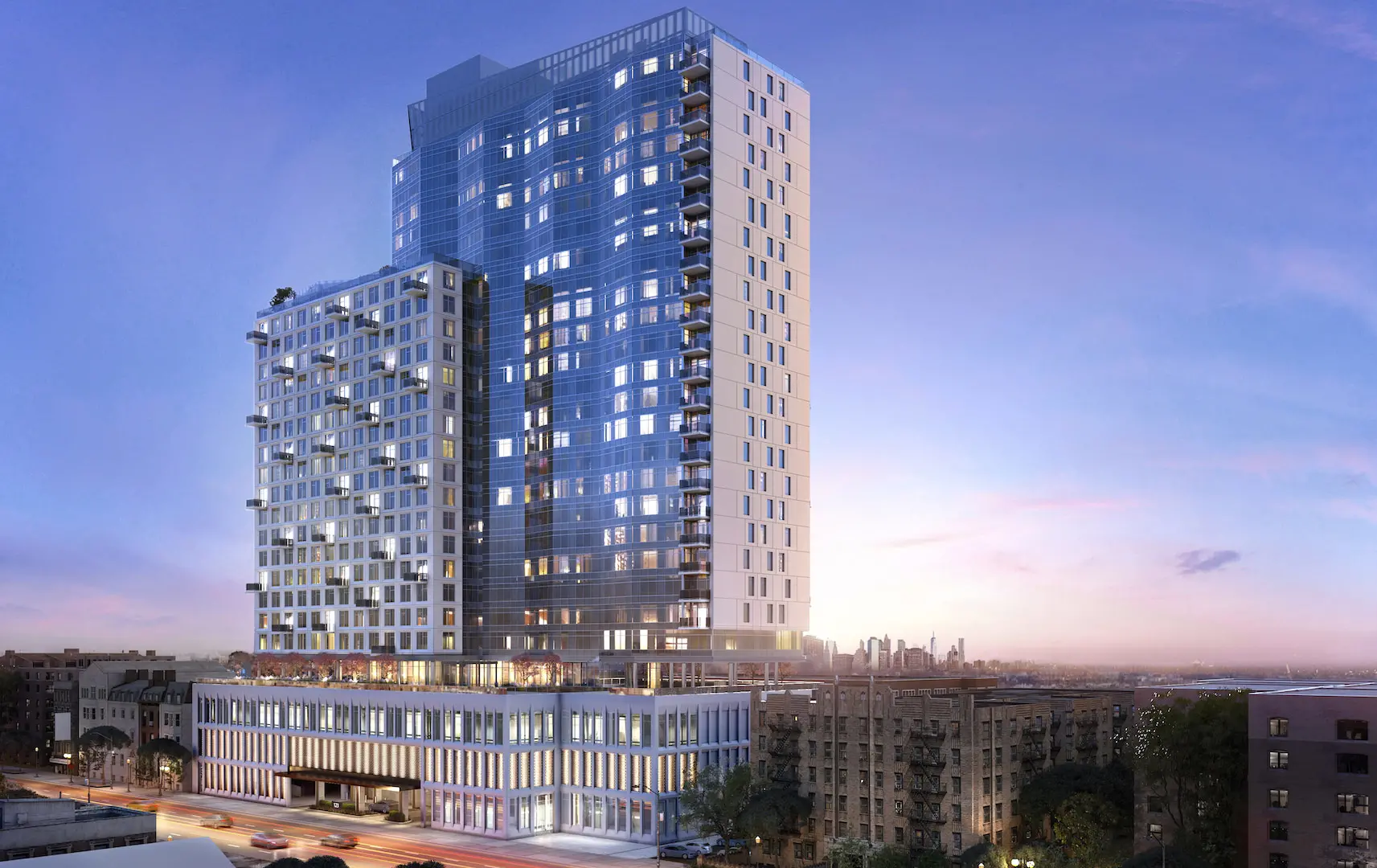
Bklyner: Do you think there's any hope for Brooklyn to remain the low rise, high-density place when developers like, say, the Moinian Group, are building across central Brooklyn? Their 123 Linden Boulevard is 26 stories tall - once you build something like that in the middle of a block, you've destroyed the lowrise character of a large area. How can development be done incrementally while still maintaining the integrity of the neighborhood community?
Carmi Bee: Of course, I believe that. I wouldn't be doing my work if I did not. Most of it, not all, but most of it is still middle, low, middle height, density, housing.
To that end, we developed what we call the affordable infill prototype. This has been a kind of an obsession for me that started when I was in college. I went to college at Cooper Union, and I took on for my thesis in the architecture school the renewal of a section of the East Village, which was in bad shape in those days. At the time, the city was clearing what they called slums and building tall buildings. What I was advocating for was the incremental rebuilding of neighborhoods.
This idea stayed with me, and when I was in practice, I always tried to find an excuse or an opportunity to build what I envisioned as an infill prototype. The prototype, it's like a shoebox that you fit into a missing space because a lot of these neighborhoods had, you know, missing teeth, as it were.
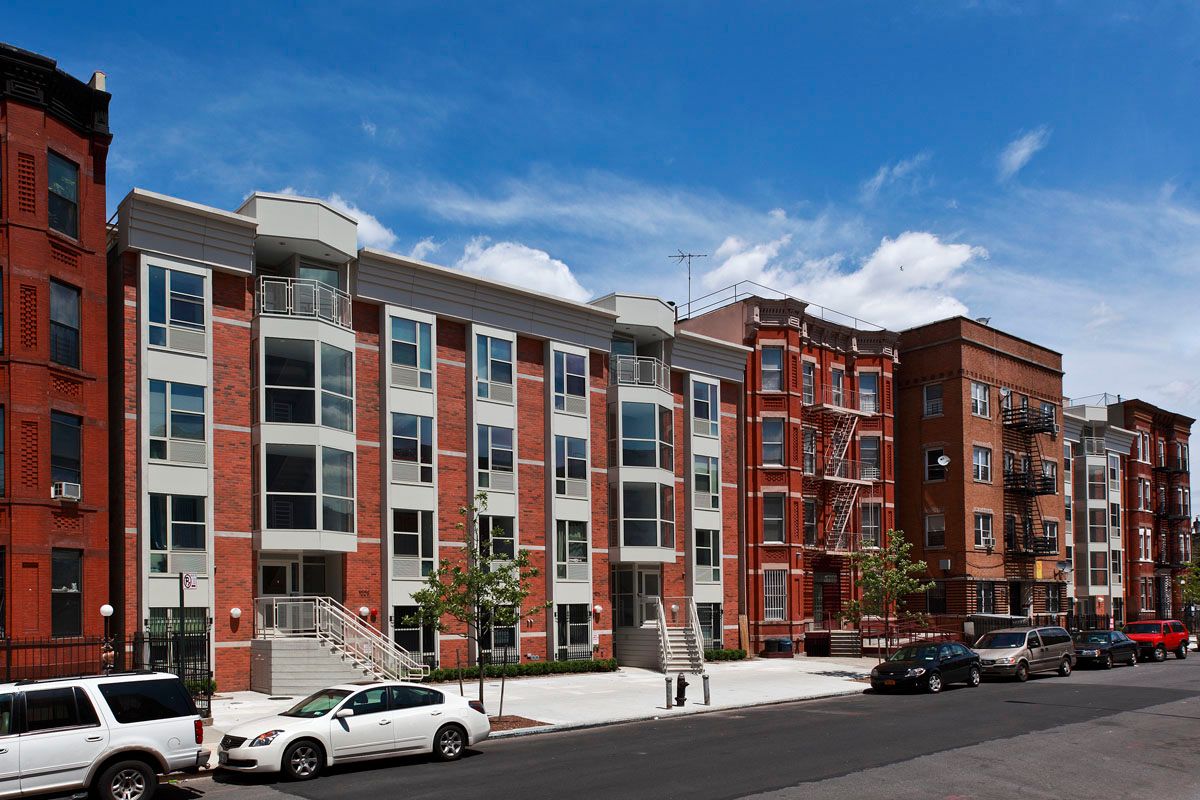
The idea was also to build as inexpensively as possible. And that meant eliminating things like an elevator or elevators. And also one staircase. So that was one of the prime objectives of our Infill prototype to build easily and inexpensively.
Bklyner: With the pandemic and everybody being cooped up inside their increasingly tiny apartments, I’ve been thinking about how we use space and what kinds of space is needed in the future as we think about more resilient housing. Accommodating a huge influx of newcomers with varying migration patterns and community setups has always been a challenge for New York. What do you think is happening now, and what do you hope and wish was happening?
Carmi Bee: I wish that there was more good affordable housing.
One of the problems that we have is, well, the big problem is cost. If a project gets public funding, you're obliged to use union labor, prevailing wage. And when you use prevailing wage, you know, the projects can go to $400+ a square foot, which is a lot of money.
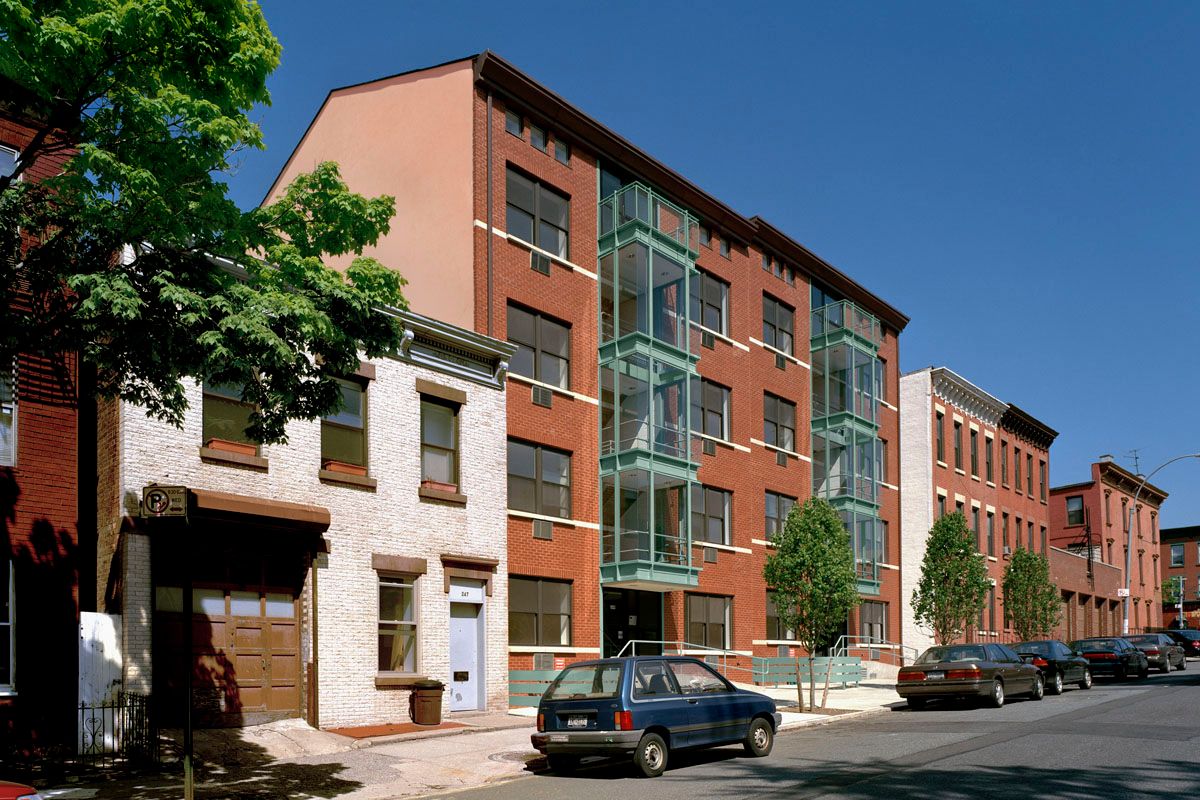
If you look at the first one that we did, which is Prospect Gardens, it was built for $130 a square foot (edit: in 2004). This is on 16th Street between 5th and 6th Avenues, before it became a prime area. It ended up being a co-op, but you can compare it to what the costs are now.
The whole idea behind the infill prototype is that you can build these things inexpensively because of the characteristics that are built into it that lead to a lower construction cost and maintain a sense of community, which is a big, big deal to me.
One of the design features of the infill prototype is unassigned areas in each apartment. There are little nooks, you can either have a dining area in there, or you could have a study area. These are non-specific spaces, unlike kitchens, bathrooms, and bedrooms.
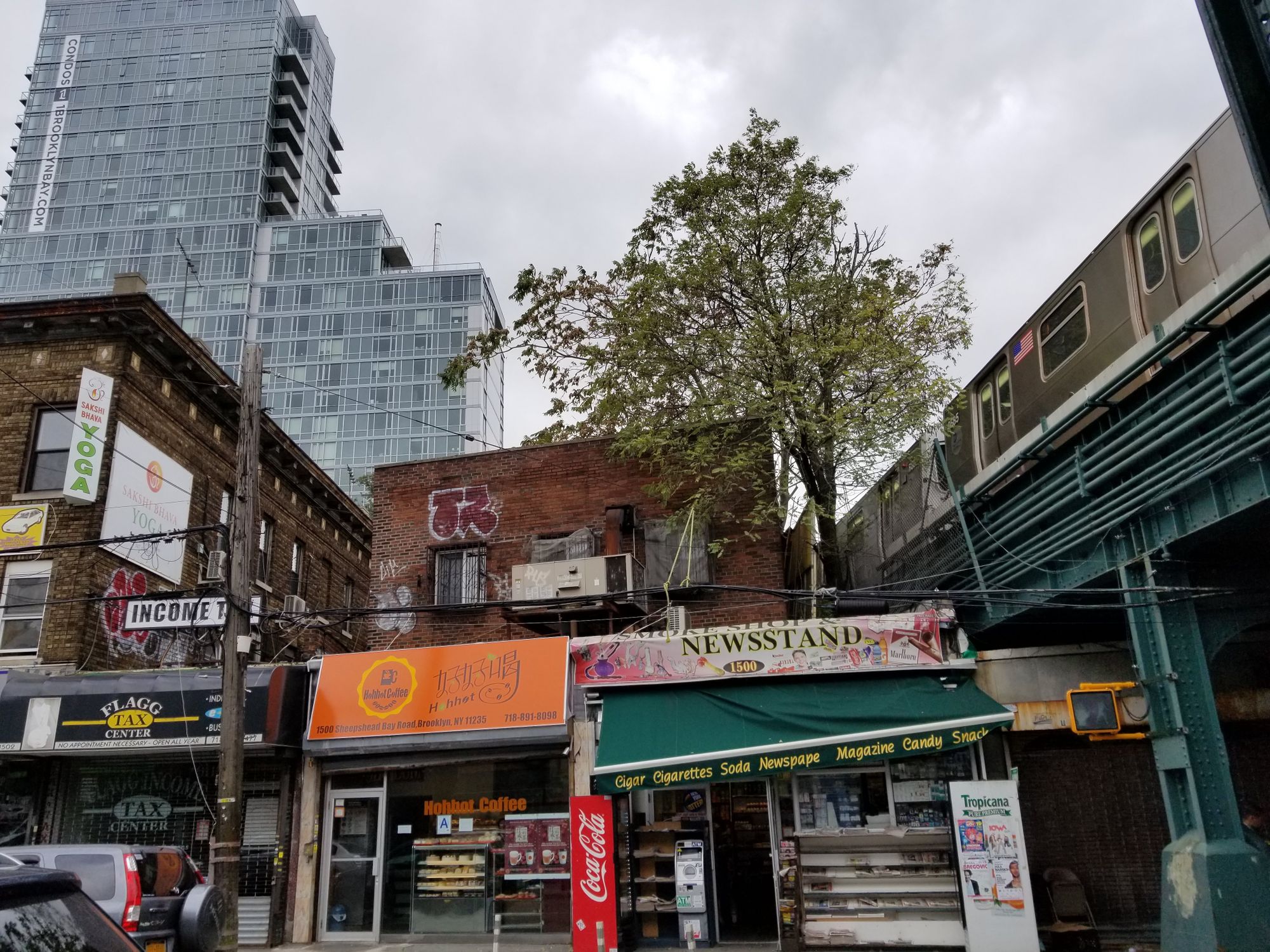
One of the things that's been missing during this epidemic is the ability to get away from people in a household, you know. And I think that's one of the important things that we need to look at in terms of housing - we need to look at space standards because they've shrunk over time.
If you look at public housing, NYCHA, it's much more commodious. The rules, the standards for room sizes were much greater. Another example, middle-class housing like Stuyvesant Town, very commodious. It's all been squeezed because the developers want to increase their profits. So the smaller you can make the units you can rent, the better.
Bklyner: Except that you squeeze out all the families from the city.

Carmi Bee: That's right. That's right. So the question about housing for new arrivals, let's say. Immigrants, if you want to call it, that's probably why they've gradually gravitated towards some of the older existing housing because the apartments are larger.
Bklyner: Thinking of the projects that you at RKTB have been working on recently, like the Sunset Park preschool, I was just wondering, why do you think we're still building single-purpose schools and facilities? As opposed to building a school or a library and a community center all in one, like how the Sunset Park Library is a library plus affordable housing.
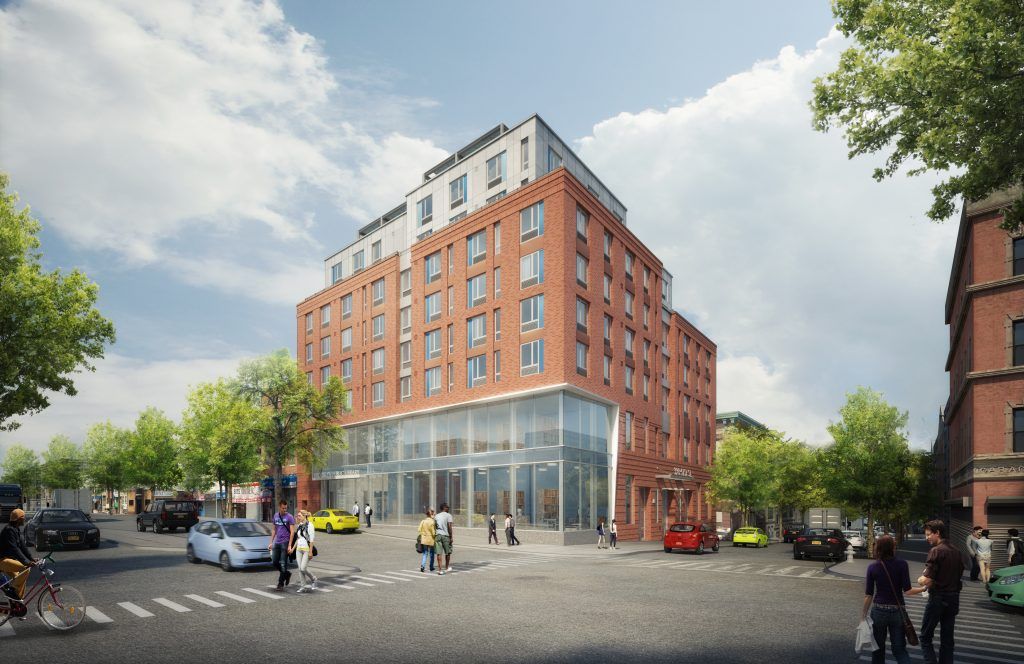
Carmi Bee: I didn't do the Sunset Park Library; that was done by one of my colleagues and the 5th Avenue Committee. By the way, across the street from that, we did a firehouse, which I'm very proud of. I think it's really a handsome building up, but getting back to your question.
In that [preschool] situation, the size of the property was limited, and that was a project sponsored by the School Construction Authority. Right. And they wanted to get it up fast in light of our mayor's push to do pre-K.
But it's a really good question because, in the 70s, the School Construction Authority did combine schools with housing. They did a number of such very, very successful projects.
One that comes to mind that you probably know is at the foot of the Brooklyn Bridge in Manhattan, Chinatown, called Confucius Plaza. It has a school and a large number of housing apartments on top of it.
Bklyner: Every time we write about affordable housing, people say, ‘this is not affordable.’And they are right. Often what’s billed as affordable by the city is the market rate or above market rate in the areas where the housing is being built.
Carmi Bee: Well, you know, this is the problem. The problem goes back to when Nixon did away with funding affordable housing, public housing. Handing out these [Section 8] vouchers was the beginning of the end because that led to a lot of the great programs going away, disappearing.
I'll give you an example. One of the really great programs that existed in this in the 1970s was the New York State’s Urban Development Corporation - that built developments like the Marcus Garvey Village in Brownsville.
It was very, very successful (edit: though not everyone agrees), low rise, high-density housing that was public, built with public funds under Governor Nelson Rockefeller. Now, it just doesn't. Everything has to be done privately, and while there is some funding for specialized housing, most housing today is built using tax credits, and it is very, very difficult.
Bklyner: Who do you see in Brooklyn as being among the more enlightened developers when it comes to building housing these days?
Carmi Bee: Well, let's see. Well, certainly not for profits. There is Johnathan Rose, who's probably the most enlightened developer of socially responsible housing. I belong to a group called the Citizens Housing and Planning Council, and there are a number of enlightened developers that belong to that. There are others; I just can’t think of the top of my head.

Bklyner: Speaking of developing and redeveloping existing neighborhoods, how do you think about bringing affordability back, say, to Park Slope?
Carmi Bee: Well, I think it's very important. I moved into Park Slope in 1972, and I bought a house in 1977. If I told you that I bought it for five figures, I wouldn't be kidding, because right now it's worth a lot more.
When I bought that house on St. John's place, it was mainly rooming houses. They were converted brownstones, affordable, and people who couldn't afford to live anywhere moved in there. My block was an area where there were a lot of people from the Caribbean. The next block over Lincoln Place was French-speaking. These were working-class folks, you know, who could find a place.
Then it became gentrified. It's a regret I have, but it was market forces. People who have these brownstones saw that they could sell them for a lot of money and move elsewhere, cash out. And that happened to my block, which had a very, very strong sense of community, too. It was like the old stories where you sit on the stoop and talk to your neighbor, and if there was a problem - because there were big social problems in those days, a lot of crime - we banded together to address it. Now, I don't know most of my neighbors. That, to me, is a shame.
I wanted my children to grow up in a diversified neighborhood, and they did, and they're the better for it. That doesn't exist anymore [in Park Slope].
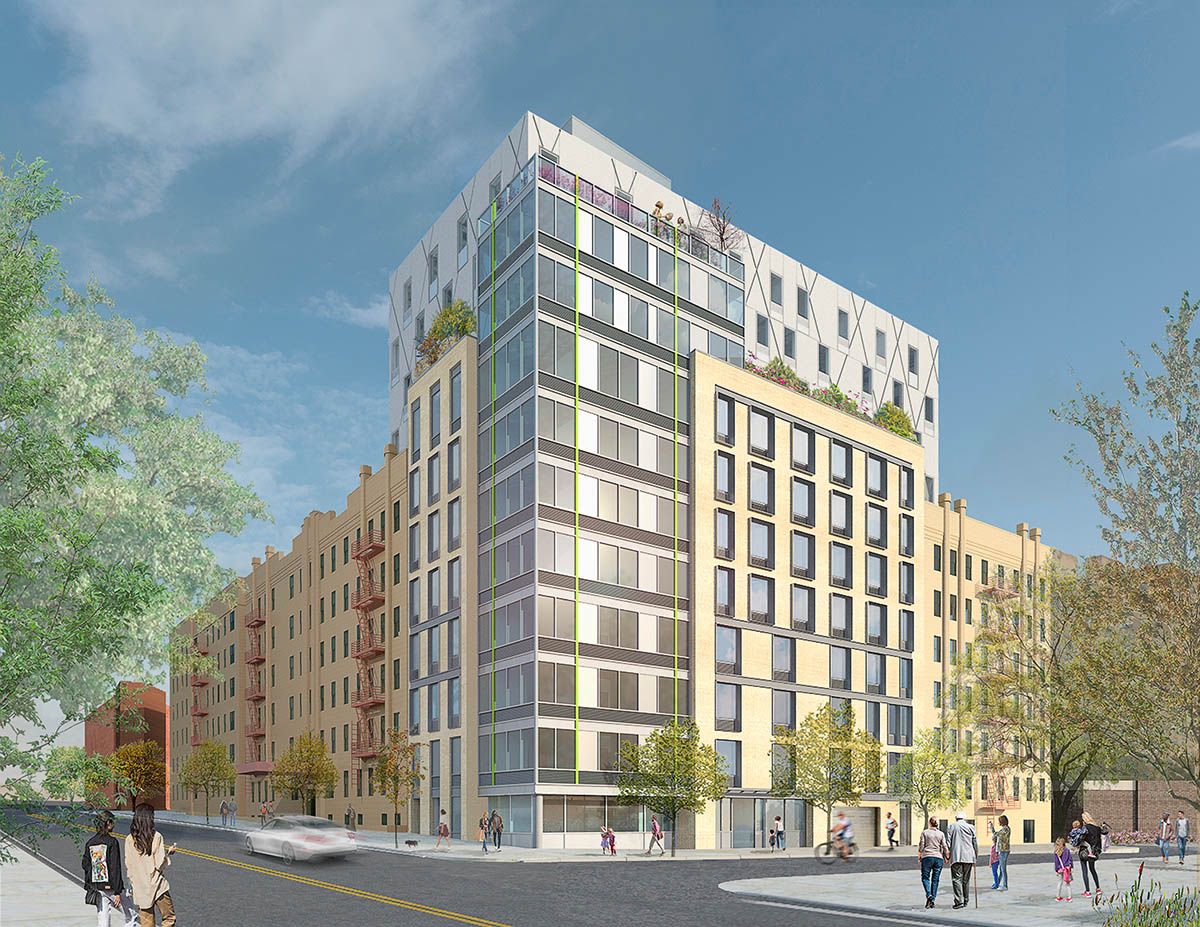
Bklyner: The buildings that are built now will be around for another hundred years. Are we really thinking about what Brooklyn will be like in one hundred years? Do we have enough of a vision for what kind of environment we're creating?
Carmi Bee: That gets back to this whole issue of, well, you said it, vision. You know, there is not an overall vision for how a community should grow and develop. And that's a problem.
When John Lindsay was mayor, he put together the thing called the Urban Design Council. This group of very young, talented, smart people put out a series of books for each of the boroughs outlining a vision for how they could be developed. You know, all-important overall vision. Some of it was implemented; one of those projects was Roosevelt Island. That was a vision.
Bklyner: There is little public conversation about the range of housing needed, including assisted living facilities, and how we properly integrate them in the communities.

Carmi Bee: We are doing a project now for Catholic Charities of Brooklyn and Queens in Brownsville, East New York, called Loreto Housing on the site of a church that was demolished. And it was very controversial, and anyway, the building that's replacing it is, you know, social housing. And I'm not sure exactly what the mix will be, but there's going to be homeless there.

The big thing is services. You need to provide services. Well, Catholic Charities does that. You can't just move people into a place and leave them, especially people who need help, support. Religious institutions are, in my mind, key to this.
Bklyner: What do you hope happens with the Biden administration for New York when it comes to housing and transportation? Well, we didn't touch on transportation.
Carmi Bee: I hope that they put together programs that lead to an influx of a lot of money. That's what I think. I mean, the transportation system is the bloodline of the city. That's what built this city, and right now, it's all deteriorated.
Bklyner: What would you advise the next mayor to do when it comes to housing?
Bee: Team up with Biden. You can't do very much without public assistance. You just can't. It's an uphill battle, you know. It's wishful thinking to believe that the present administration will be able to put together the programs that used to exist that came about after the Second World War. Because that was a time of real, real change. But we can try.




